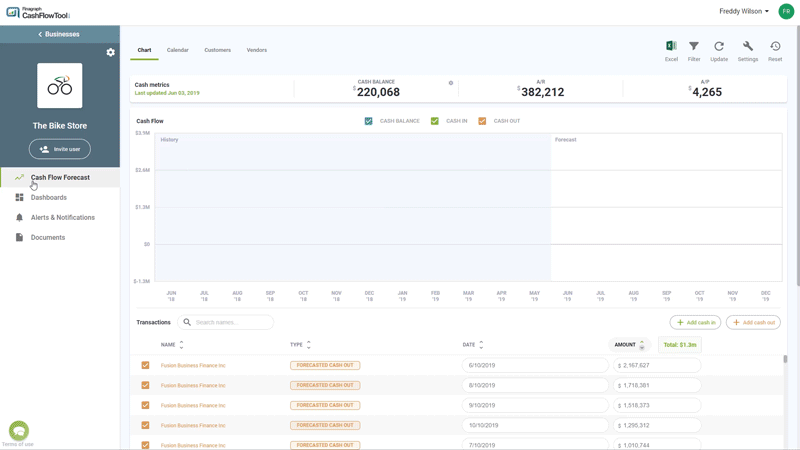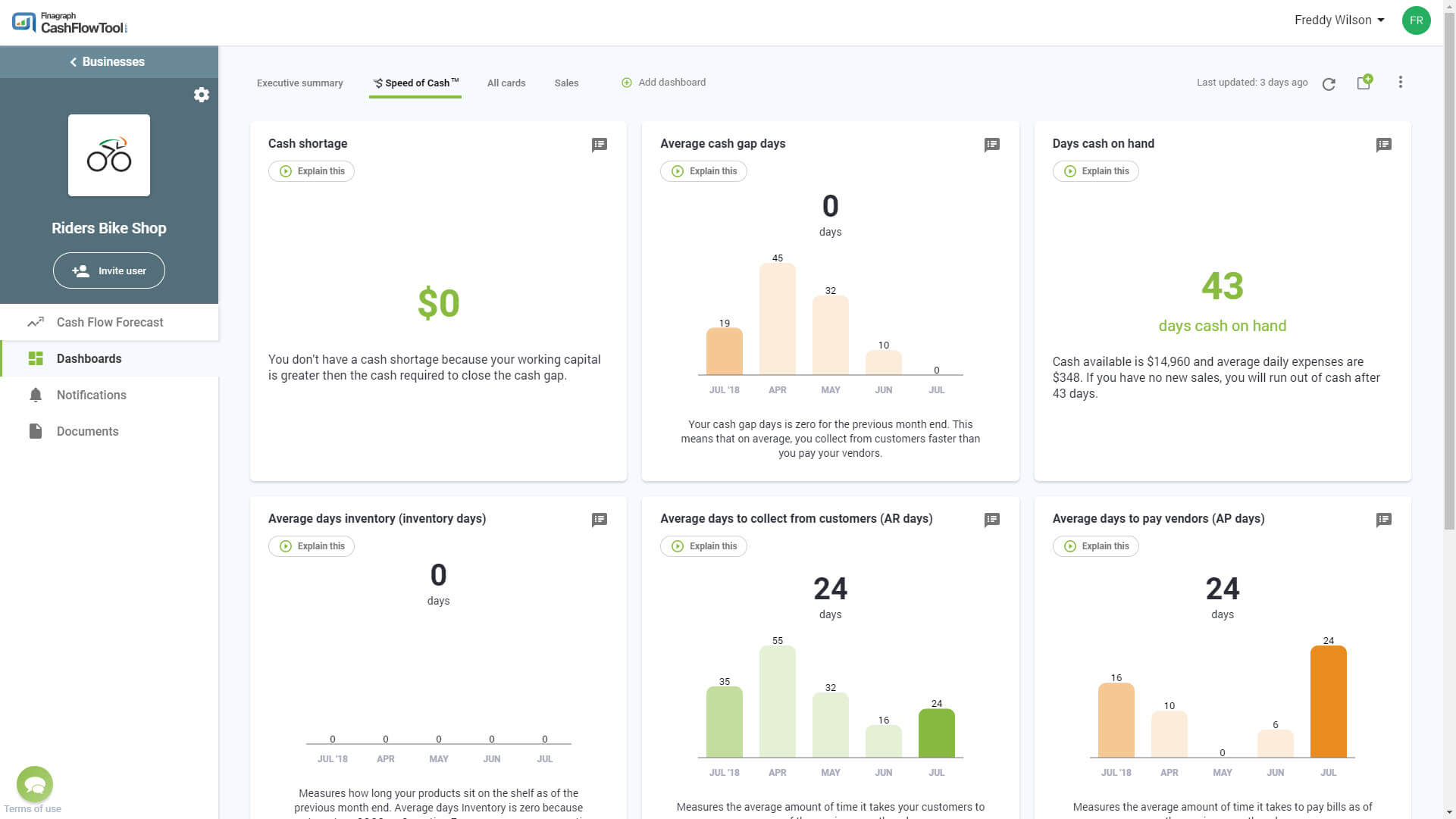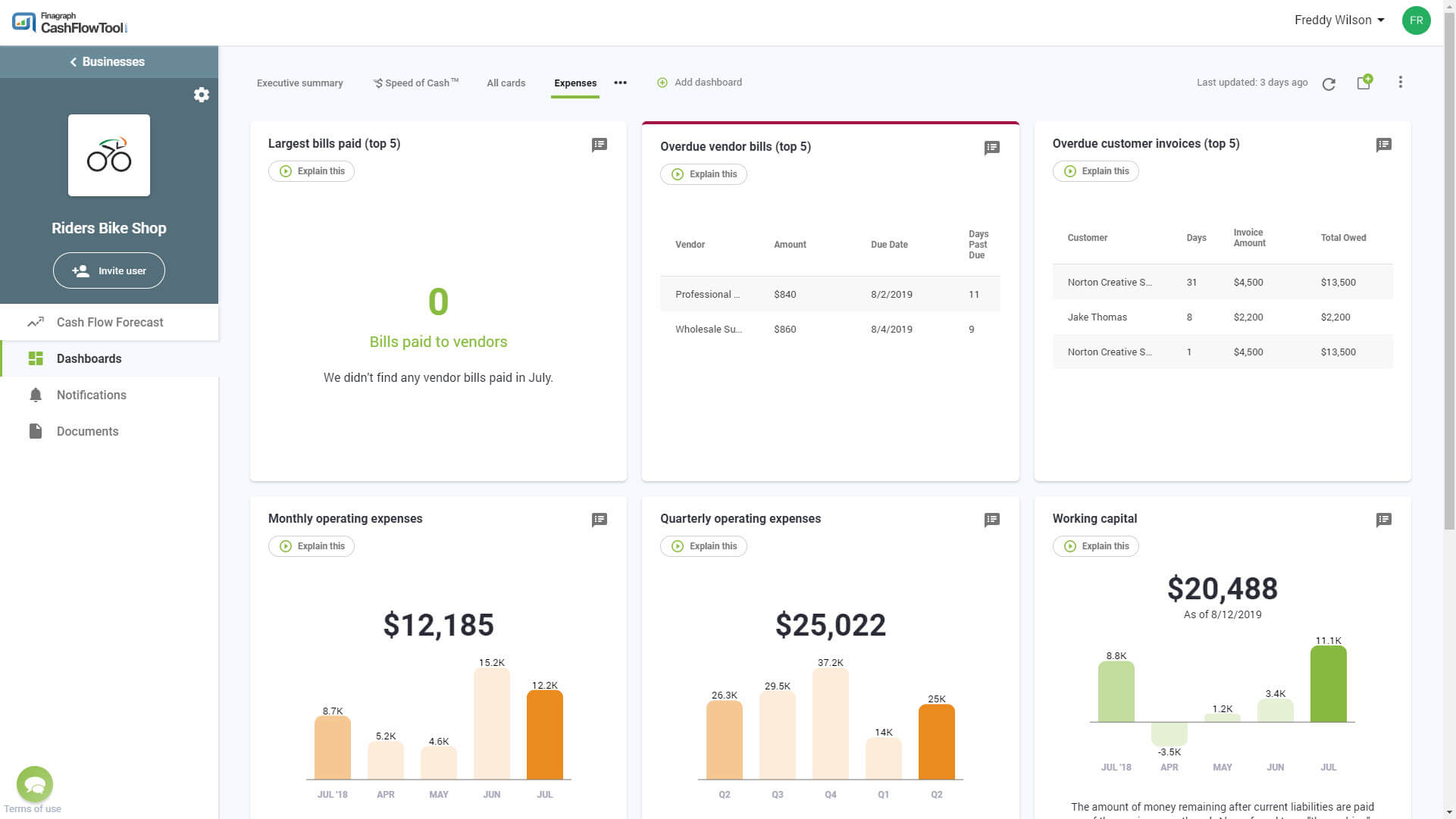In an economy where the stakes are increasingly high and cash progressively scarce, business owners must proactively manage the balance sheet and income statement or risk falling victim to the five silent killers of cash flow.
Did you know that a majority of businesses that file bankruptcy reported a net profit, yet had negative cash flow? Often the warning signs that a company is in trouble go unnoticed until it is too late. A business can improve their liquidity and create long-term viability by looking closely at the following potential trouble spots.
1. Mis-Financing
Mis-financing is defined as borrowing short-term debt to pay for long-term assets. These assets could include purchasing equipment, leasehold improvements and other fixed items with a short-term line of credit. This process drains the cash out of a business and condenses the timeframe the asset has to pay for itself.
The best way to start checking for mis-financing is by looking at the balance sheet. Check the business’ gross fixed assets (GFA), long-term debt (LTD) and retained earnings (RE). The change in GFA between periods must equal a corresponding change in LTD and/or RE. The effects of improper debt structure can be debilitating to a business. Working in the early stages of mis-financing can help to mitigate the effects it has on a business.
Solution: Matching the term to the useful life of an asset increases the company’s cash flow and frees up the line of credit for seasonal working capital needs.
2. Inventory Management
Driven by revenue growth, business owners can easily lose sight of the gradual increases made in their inventory levels. Whether rapid or steady, inventory creep can begin to impair a company’s cash position. Due to seasonality and sales, many business owners can fall into the trap of purchasing too much inventory because of a great deal. Some believe the myth that “sales cure everything” but the truth is there are many factors to consider. For example, the discount has to overcome the fact that you may have to carry the inventory for a longer amount of time.
Solution: Realign financials with industry standards, or move to a real-time method of inventory management to greatly improve the working capital of a business. Finding the right balance between inventory and sales can drastically increase a business’ available cash.
3. Expense Control
Everyone is aware of the importance of cost cutting during a down economy. However, the key lies in effectively determining the right level of controls to ensure the company’s critical functions are not impaired. One of the best methods for approaching expense control is the mirror technique. This approach examines the growth or decline of sales over a specific period of time and adjusts operating expenses accordingly. For example, if a company’s sales were to decrease by 25 percent during the projected period, operating expenses should also decrease by 25 percent. In order to remain viable and thrive into the future, a business owner must not lose sight of managing the nickels and dimes.
Solution: Slow down, and examine the fluctuation of sales over time. Adjust operating expenses to the same trajectory of revenue.
4. & 5. Accounts Payable and Receivable Management
This is the purest form of working capital, and all depends on how you spin the wheel. It’s a delicate dance because if you spin the wheel to fast, you could end up breaking it and working on a COD (cash on delivery) system. Controlling the speed that receivables are collected and payables are paid are tried and true methods for increasing cash within a company. While effective, these practices must be done with balance to avoid impairing sales through damaged client relationships, or exposing the company to increased late fees.
Solution:
Offer early payment incentives for receivables, and delay payment to vendors to shorten the working capital cycle – ultimately improving the financial viability of a company. Of course CashFlowTool can help you significantly see and manage your expenses. With the dashboard KPIs and 6 month cash flow forecast, you are always in the know of what your expenses are today and tomorrow.
Cash Flow Forecast in CashFlowTool: Let's you see all your transactions in one easy place.

Speed of Cash dashboard KPIs enable you to quickly know your cash conversion cycle:
Quickly see your expenses: Create a new "Expenses" dashboard and add the expense KPI cards and others to give you the view you need:

With so many concerns to focus on in a day, business owners can never forget that cash is king when it comes to their company’s survival. Taking the time to understand key financial concepts in your business is an effective way to avoid the five silent killers of cash flow.
Start your FREE trial of CashFlowTool today (No credit card required)


